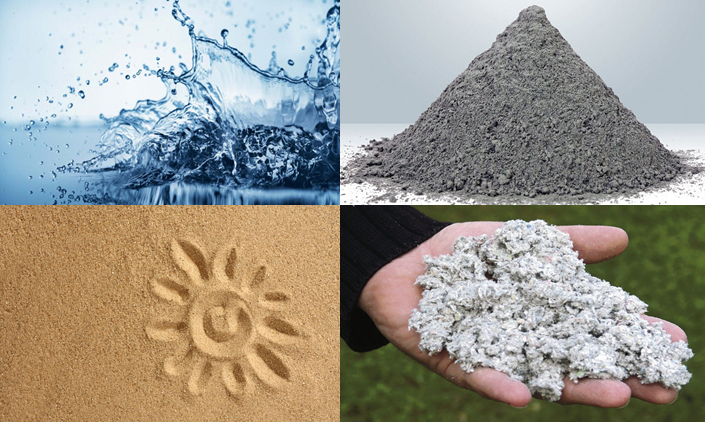The results of the study were published by ecologists in the journal " SAFETY IN TECHNOSPHERE " and in the collection of materials of the event "NRES 2021: II International Scientific and Practical Forum on Natural Resources, Environment and Sustainable Development".
The pulp and paper industry is one of the most polluting sectors of the national economy. In the production of cellulose, lignosulfonates are formed, the demand for which is now less than their quantity. Unprocessed waste takes a long time to be decomposed and can disrupt the oxygen balance in water bodies, which leads to the destruction of microorganisms and can adversely affect food chains. Therefore, a waste-free and environmentally friendly industrial technology that will improve building materials was introduced.
Due to the unique properties of lignosulfonates, they are used in construction, in the production of pigments, dyes and emulsion stabilizers. The binding properties of waste are used in the foundry industry, as well as in the production of feed, trace elements, fertilizers and pesticides in agriculture. In the oil and mining industries, they are used as tension active substances.
According to scientists, in order to obtain high-quality building materials from liquid waste of the pulp and paper industry, it is necessary to reduce their solubility in water. Perm Tech ecologists found out that lignosulfonate form produce compounds with components of alumina cement - in particular, with calcium aluminates. They make the waste insoluble.
To determine the most optimal cement composition, the researchers compared several samples of the mixture with different contents of cellulosic waste. Scientists obtained the material for study at one of the pulp and paper enterprises in Perm.
Ecologists found that with an increase of waste in the mixture, the hardening time of the cement is increased. The optimal amount of lignosulfonates in the cement mixture was 25%, and the most effective composition was the ratio of 100 kg of alumina cement, 150 kg of sand and 20 kg of lignosulfonate. The waste made it possible to increase the strength and thermal insulation properties of the cement. According to scientists, with the help of technology, it is possible to junk and obtain composite building materials.






